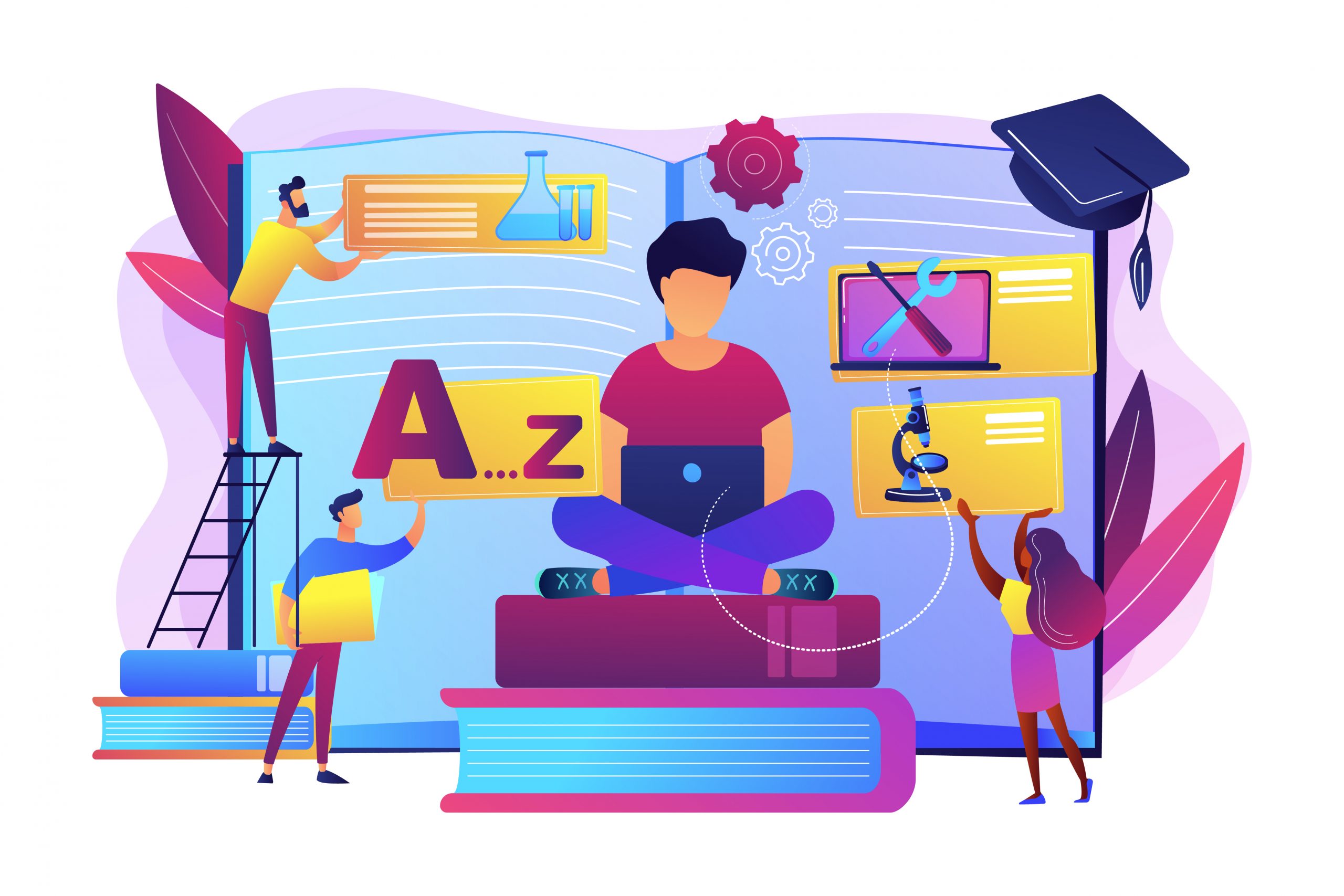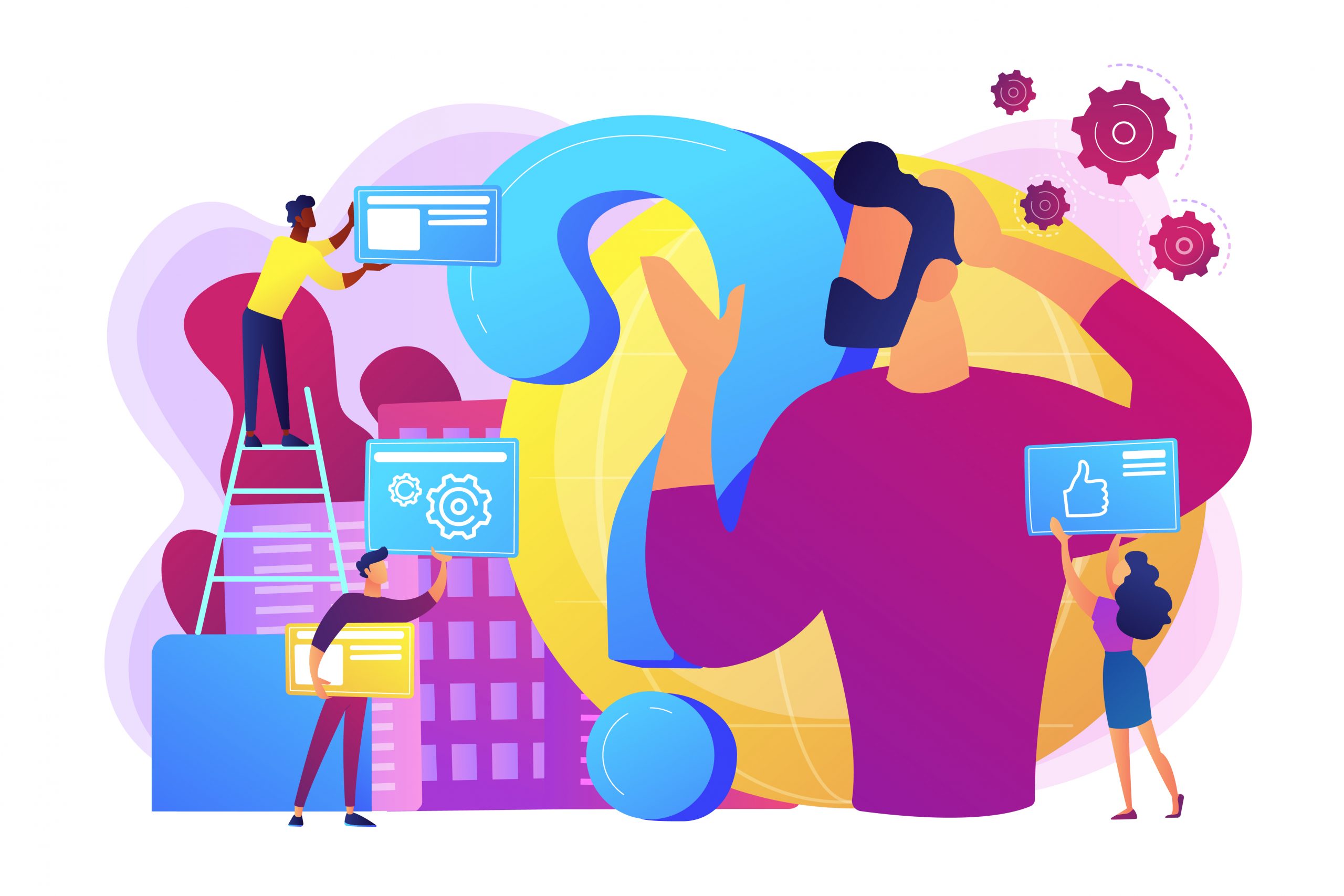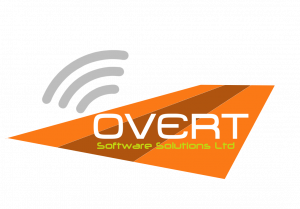What is virtual learning?
“Virtual learning” has become an increasingly common term discussed in the education sector. There are countless articles, videos, and advertisements preaching the revolutionary potential of virtual learning to change education forever. The current pandemic has caused the role (which has already for many years been growing in significance) of virtual learning in all forms of education to skyrocket. But what is virtual learning?

What is the definition of Virtual Learning?
The definition of the term “virtual learning” is a broad and somewhat subjective one. Generally speaking, virtual learning is simply any learning experience that involves computers (or, increasingly, devices such as smartphones and tablets) and/or the internet.
Virtual learning can take place on the premises of an educational institution and/or elsewhere. For example, work can be carried out by students both from the classroom and from their homes.
Educational Theories and how Virtual Learning Can Assist
There are various theories of how education can best be carried out. Virtual learning methods and platforms have been developed with these theories in mind and in ways that use them to provide the best outcomes for learners.
The theory of “Behaviourism” focuses on student behaviour while they are learning and how students respond to specific stimuli. Virtual learning can apply this theory by using video tutorials, regular feedback, quizzes, and more. “Gamification”—or the application of video-game-style design elements into non-gaming-related areas—can also help with this.
“Cognitivism” is more focused on the internal cognitive processes of students while they learn. It is used to discover how learning happens most effectively. VLEs can use Cognitivism via analytics and customisation of learning environments and applications.
“Social Constructivism” is an area of study that examines the social relationships among learners and educators, and how they affect learning. Virtual learning that offers group chats, team-based activities, and collaborative applications can maximise the benefits of the social aspect of learning.
What is a Virtual Learning Environment?
Virtual learning environments—or VLEs—are digital spaces that can be used to host online courses. In some cases, entire courses of study are carried out fully online, with students and even staff working from their own homes rather than visiting a physical institution. In other cases, traditional face-to-face classes will still be carried out, but VLEs are used to host learning resources in a convenient virtual space that is easy for students and staff to access both in and out of the classroom. When educational strategies include both traditional teaching and the use of VLEs, this is known as “blended learning”.

What benefits do VLEs provide for students?
Virtual learning allows students—from school all the way up to postgraduate level—to access the relevant educational resources from a variety of locations including their own homes. This means that physical distance from an educational institution, or time constraints, can have a greatly reduced impact on their ability to learn and take part in courses of study. For example, if illness, childcare requirements, or transport issues leave them unable to go into their school, college, or other institution, they can still participate.
The greater flexibility that virtual learning offers also enables students to fit their studies around other responsibilities (such as work) more easily. Different learning styles and daily routines can also be catered to with VLEs in ways that traditional classroom teaching often cannot accommodate. For example, if a student is a night owl and learns best at 2 am when their college is closed, they can log in and get to work from home!
What benefits do VLEs provide for educators?
Virtual learning and VLEs also provide significant benefits for teachers and other educators. The possibility of remote working can be just as much of a boon for educators as it is for students!
The practical and logistical side of organising lessons, displaying and providing learning resources, and keeping track of student progress on an individual and collective level, can be also made much easier with the database and visual representation that a VLE can provide.
Teachers—particularly of younger students—can often struggle to keep students engaged and focused when teaching solely in a classroom. Different students learn in different ways, and using VLEs can add a practical and visual element to learning that many students may find beneficial. For example, a student who struggles to focus and learn in the classroom may produce excellent work when using the VLE outside of classroom time!

What are the pros and cons of virtual learning?
Like any educational method, virtual learning has both benefits and potential drawbacks.
Pros
A 2011 study carried out by the Mackinac Center for Public Policy in the US state of Michigan found that virtual learning not only reduces the time taken up by classroom management but also results in more positive learning experiences being reported by students. The time needed for teachers to plan lessons was also reduced.
In addition to increased staff and student satisfaction, institutions that embrace virtual learning also tend to report higher academic achievement. The Mackinac Center’s study also reported a 19% reduction in students failing English, and the same percentage in Maths. The pass rate for Social Sciences increased by 9%, and 13% for Science!
Cons
No individual education tool is the most effective for every single learner and educator. Students who thrive in classrooms may find the reduced social aspect of using VLEs difficult. Educators who are less technologically-savvy may also find that using VLEs adds struggles that they have previously been able to avoid.
The main drawback of hosting large quantities of essential learning and teaching resources on a virtual system is that the system may be prone to technical issues such as outages, or even be a target for hackers.
These problems can mostly be addressed, however. Using a blended learning model can ensure a compromise that suits students who learn in various different ways, as well as ensure that students may still be able to access resources if the VLE is unavailable.
How can issues be overcome?
Investing in robust cybersecurity and training for staff can also prevent the threat of cyberattacks as well as empowering educators with the skills to effectively use VLEs. In the modern world, these measures are not just an optional extra—they are essential for any organisation in any sector!

Virtual Learning—Glossary of terms
There are many different terms associated with virtual learning. Some are often mistakenly used interchangeably, and other times various combinations of these processes are used simultaneously by education institutions.
E-Learning:
“E-Learning” usually refers to courses based solely on the use of electronic resources in order to teach and learn.
Web-Based Learning:
“Web-Based learning” is learning that uses a web browser specifically, rather than simply online connections to cloud-based services or communication tools.
Online Learning:
“Online learning” is simply learning that involves a connection to the internet; this can incorporate reading e-resources such as texts and journals, watching educational videos, participating in virtual face-to-face interactions such as lectures and meetings, and more.
Distance Learning:
“Distance learning” simply refers to learning that is carried out away from the premises of an educational institution. It can incorporate any of the other forms of virtual learning.
Blended Learning:
“Blended learning” is the combination of both traditional and virtual learning.
How do you create an online virtual learning environment?
One of the most popular ways of creating a VLE is through the use of VLE platforms such as Moodle. Moodle is the world’s most popular Learning Management System (or LMS), and is an open-source platform designed to enable educators to host online courses.
Although Moodle is free, it still needs to be hosted on a server, for which you will most likely need the services of a provider. Overt Software Solutions provides hosting, tech support, consultancy, and anything else your institution may need to run a fully-functioning Moodle VLE!
Frequently Asked Questions:
What is the difference between e-learning and virtual learning?
E-learning specifically refers to the use of electronic resources in learning, whereas virtual learning is a broader term encompassing other aspects including online communication and the use of interactive applications.
What does virtual learning mean?
Virtual learning is any learning and teaching model that involves the internet and internet-capable devices in some way. Virtual learning often makes use of VLEs.
What are the forms of virtual learning?
There are various forms of virtual learning. “Computer-Based” virtual learning is where education and instruction are provided by computer software rather than by a teacher. “Internet-Based” virtual learning is similar, but the information is provided by the Web and not stored on an institution’s server.
“Remote Teacher Online” learning is provided by a teacher over online communication systems such as video conferencing software, email, or instant messaging, rather than in the classroom. “Blended learning” is a combination of traditional and virtual learning, with some education taking place in a classroom and other education taking place online.
“Facilitated Virtual Learning” is any form of virtual learning that is also supplemented by a facilitator who provides additional supervision or assistance to a learner, either in person or via online or electronic communication.
What is the purpose of virtual learning?
Virtual learning has been developed to streamline management processes, increase flexibility, and take advantage of technology in order to provide a more well-rounded and diverse educational experience for both educators and learners.
What is the difference between an online class and a virtual class?
An “online class” is usually a class consisting of lectures delivered via a webcam and/or the streaming of media. A “virtual class” usually refers more to a class carried out on a VLE, with increased participation and interaction between learners and educators.
What does VLE stand for?
VLE stands for Virtual Learning Environment.
What is the difference between an LMS and a VLE?
An LMS—or Learning Management System—is a system used by institutions to develop, manage, and track data, and is also often used for staff training. A VLE is a type of software where educational resources are delivered to students who can then engage with them and communicate with each other and with educators. While an LMS is used primarily by staff to manage resources and data, a VLE is an interactive platform that students also use.
